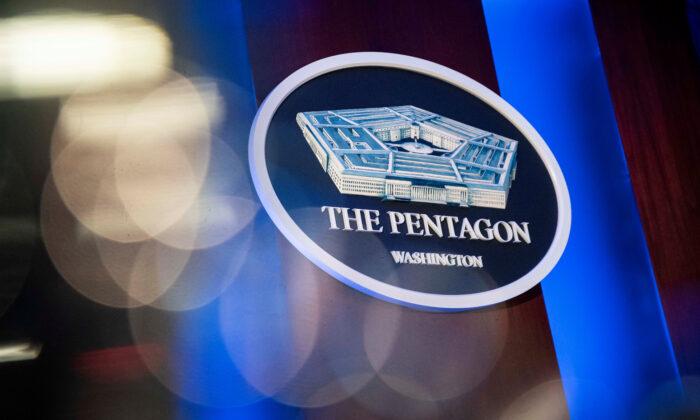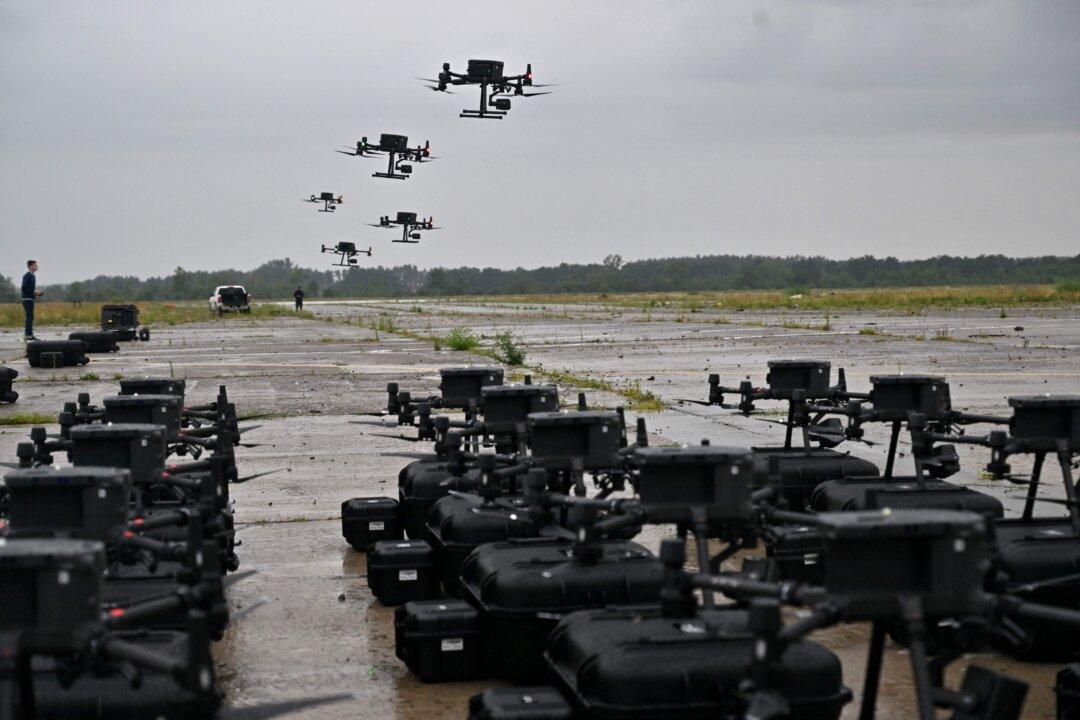General officer bloat costs taxpayers more, while creating a less effective military.
Commentary
While the U.S.
Army,
Navy, and
Air Force have all fallen short in meeting their recruiting goals, there’s one area in which our armed services are suffering no shortages: admirals and generals.
Indeed, the command density in our armed forces is at record levels, with 900 admirals and generals, including 41 four-stars, serving across the
six service branches. Of course, today’s armed forces don’t have as many generals and admirals as there were during World War II, when the United States had 1,360, including 21 four-stars, in charge of roughly 12 million men and 350,000 women, more than 7,000 ships, nearly 300,000 airplanes, 86,000 tanks, 650,000 jeeps, etc., etc.
This worked out to each general or admiral commanding just more than 9,000 service personnel and each four-star commanding 571,000.
In sharp contrast, today’s military has 1.3 million active-duty personnel, fewer than 300 combat-ready Navy warships, 42 auxiliary ships, just more than 13,000 aircraft, and far fewer than 8,000 battle-ready tanks. This works out to each general/admiral commanding 1,440 service personnel, and each four-star officer commands an average of 31,700 service personnel.
Diving in a bit deeper, at the start of World War II, there was 1 commissioned officer for every 13 enlisted personnel, but by the end of the war, that ratio had grown to 1 commissioned officer per 9 enlisted personnel. So, over the span of World War II, the percentage of commissioned officers—versus enlisted personnel—grew to 11.1 percent from 7.7 percent of total personnel. Today, commissioned officers make up 18 percent of the armed forces, or about 1 officer for every 5 to 6 enlisted personnel.
As can be seen from this cursory analysis, today’s military is much more top-heavy than was the case in World War II. And while the difference isn’t as dramatic, it’s more top-heavy than in 1990, when 1,054 general officers (generals and admirals) commanded just more than 2 million active duty military personnel, giving us one general officer command over about 1,900 military personnel.
While there’s little doubt that what’s commonly described as “rank creep” has occurred in the non-flag, non-general officer ranks, and that the number of captains and colonels who are
“paper pushers who inhibit rather than assist” is alarming, we'll primarily focus on the rank creep that’s occurred in the general officer ranks.
To better understand the effects of rank creep on our military, a
study in Joint Force Quarterly on rank creep in 2017 concluded, “This development represents ‘rank creep’ that does not enhance mission success but clutters the chain of command, adds bureaucratic layers to decisions, and costs taxpayers additional money from funding higher paygrades to fill positions.”
In 2010, then-Secretary of Defense Robert Gates bemoaned the effect that the extra command layers had on military effectiveness.
“In some cases, the gap between me and an action officer may be as high as 30 layers,”
Mr. Gates told Newsweek. The result: “A bureaucracy which has the fine motor skills of a dinosaur.”
And while the additional costs that come from paying a general or admiral more than a colonel or captain are significant—especially when factoring in the total benefits—the costs that come from all the additional support staff that seem to attach to general officers are much greater.
A
2013 article in The New York Times discusses how the bureaucracies that surround top commanders grew drastically when the war in Afghanistan began in 2001. Indeed, from 2001 through 2012, military and civilian positions under the command of the three dozen or so active-duty four-star generals during this period increased by 50 percent to about 10,100 authorized positions from roughly 6,800. Additionally, mission and support costs for these four-star commands more than doubled from 2007 to 2012, to about $1.1 billion from roughly $500 million.
Still, we don’t want to ignore just how much the pay and benefits for 900 active-duty general officers cost taxpayers—more than $200 million annually. Breaking that down, O-7 level generals and admirals receive
regular military compensation (including a ZIP-code-dependent, generous housing allowance) that ranges from just more than $200,000 to $270,000, and senior four-stars can earn more than $300,000. Not bad, but the regular military compensation doesn’t tell the whole story.
Once you become a general officer, you’re enrolled in the military’s concierge health care, the “executive medicine” program (
pdf) that gives general officers a large menu of additional health care benefits such as a personal health care adviser, priority appointments, special access to specialists, VIP parking, etc. This executive medicine is available to all general officers, active and retired, and their family members and dependents.
And speaking of retirement, along with this fantastic, luxury-level health care, retired generals and admirals with 30 years of service can count on pensions ranging from more than $150,000 per year to more than $200,000 per year. And these pensions will grow each year as determined by the cost of living. A general or admiral who retires with 40 years of service will have a much larger pension. So, when you add in the thousands of retired general service officers, you’re talking about many billions of dollars of commitments throughout the life of their pensions. And, of course, many—if not most—of the retired general service officers secure
lucrative jobs with defense contractors after they retire.
So, general officer bloat costs taxpayers more, while creating a less-effective military. Obviously, just slashing general officer positions and/or replacing general officer positions with lower-ranked officers willy-nilly to save costs isn’t the way to go, but many—possibly even most—don’t warrant a general officer rank and should be rank adjusted down or eliminated. Consequently, a thorough review needs to be conducted with an eye to eliminating projects and functions that don’t contribute to the core mission of national defense, streamlining command flow, and reducing costs.
Views expressed in this article are opinions of the author and do not necessarily reflect the views of The Epoch Times.







